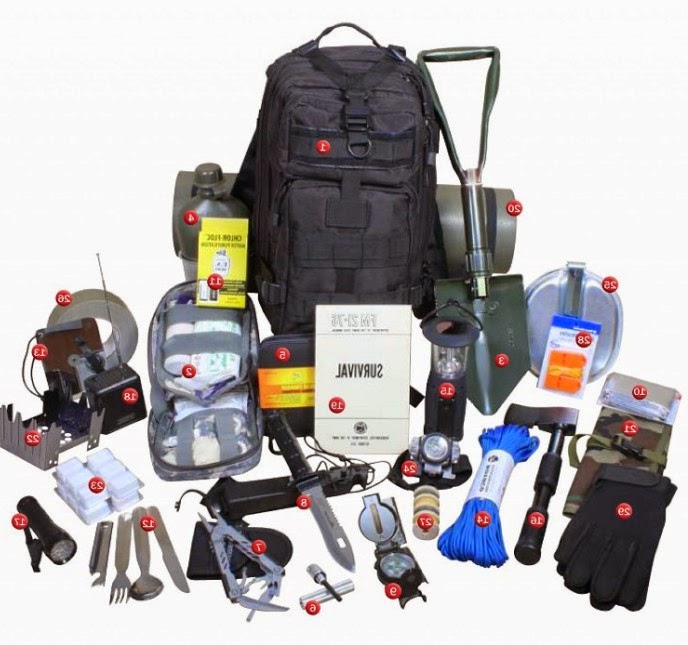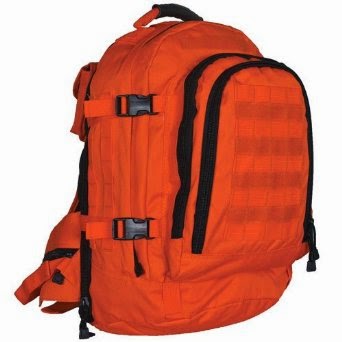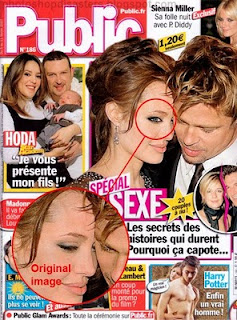All materials are due in class by FRIDAY, March 6th. If we are not here on Friday, you will need to bring them on Monday, 3/9 fully ready. You will need to collect a few things by then:
- First and foremost, a 5-10 pound sack of sugar, flour, or maza (corn meal). Checking in at a couple stores, I saw 5 lb. bags of sugar and flour for about $2.39. If you care for your "baby" well enough, you can still use the flour or sugar when you are done with the project.
- Next you will need to bring a color picture to use as the "baby's" face. You can find them in parenting magazines, advertisements, or on the Internet. Try a Google Search (example) and print them on a decent color printer. You can use some time today to look for these.
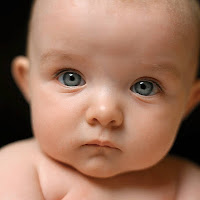
- You will also want to bring something to clothe the baby in. I recommend a cheap "onesie" that you can pick up at a garage sale, a thrift shop, etc. You may even know someone with a baby who has some old clothes they want to get rid of. (Extra credit if you can bring extra's for your classmates)

- You will need a basket, car seat, stroller, sling, or other baby carrying device. If you don't want to hold the baby all day during school, you will want something that you can sit quietly under [or along side] your desk.
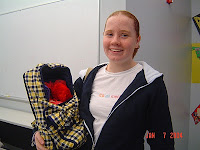
- One diaper [unused]. We will go over the basics of diapering your "baby" in class. If you are not familiar with the difficulty of disposable diapers, you may want to bring an extra. (Extra credit if you bring extra's for your classmates)
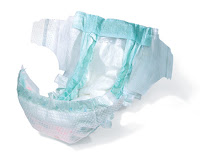
Here are a couple examples from last year that I really liked -- the "parents" of these babies were a couple so their babies became "twins":
- Optional: Items to decorate your "baby" such as doll arms/legs, pacifier, baby blanket, markers, construction paper, etc. Here are a few examples of creative approaches to this project:








